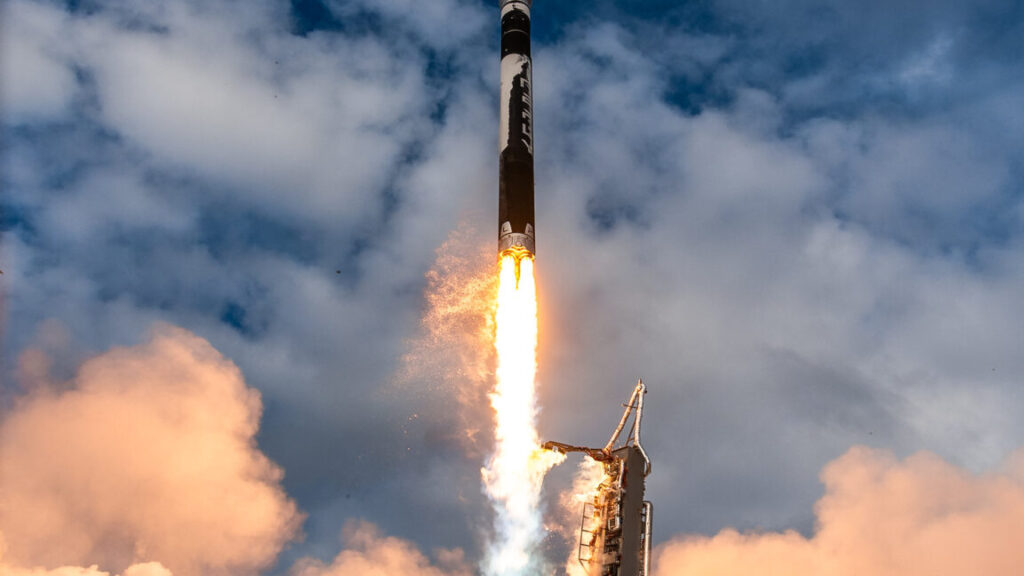Firefly Aerospace rakes in more cash as competitors struggle for footing
More than just one thing
Firefly’s majority owner is the private equity firm AE Industrial Partners, and the Series D funding round was led by Michigan-based RPM Ventures.
“Few companies can say they’ve defined a new category in their industry—Firefly is one of those,” said Marc Weiser, a managing director at RPM Ventures. “They have captured their niche in the market as a full service provider for responsive space missions and have become the pinnacle of what a modern space and defense technology company looks like.”
This descriptor—a full service provider—is what differentiates Firefly from most other space companies. Firefly’s crosscutting work in small and medium launch vehicles, rocket engines, lunar landers, and in-space propulsion propels it into a club of wide-ranging commercial space companies that, arguably, only includes SpaceX, Blue Origin, and Rocket Lab.
NASA has awarded Firefly three task orders under the Commercial Lunar Payload Services (CLPS) program. Firefly will soon ship its first Blue Ghost lunar lander to Florida for final preparations to launch to the Moon and deliver 10 NASA-sponsored scientific instruments and tech demo experiments to the lunar surface. NASA has a contract with Firefly for a second Blue Ghost mission, plus an agreement for Firefly to transport a European data relay satellite to lunar orbit.
Firefly also boasts a healthy backlog of missions on its Alpha rocket. In June, Lockheed Martin announced a deal for as many as 25 Alpha launches through 2029. Two months later, L3Harris inked a contract with Firefly for up to 20 Alpha launches. Firefly has also signed Alpha launch contracts with NASA, the National Oceanic and Atmospheric Administration (NOAA), the Space Force, and the National Reconnaissance Office. One of these Alpha launches will deploy Firefly’s first orbital transfer vehicle, named Elytra, designed to host customer payloads and transport them to different orbits following separation from the launcher’s upper stage.
And there’s the Medium Launch Vehicle, a rocket Firefly and Northrop Grumman hope to launch as soon as 2026. But first, the companies will fly an MLV booster stage with seven kerosene-fueled Miranda engines on a new version of Northrop Grumman’s Antares rocket for cargo deliveries to the International Space Station. Northrop Grumman has retired the previous version of Antares after losing access to Russian rocket engines in the wake of Russia’s invasion of Ukraine.
Firefly Aerospace rakes in more cash as competitors struggle for footing Read More »
